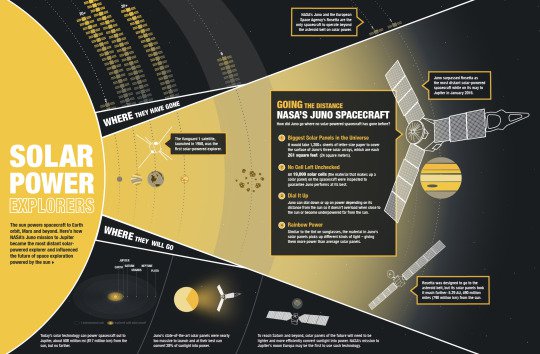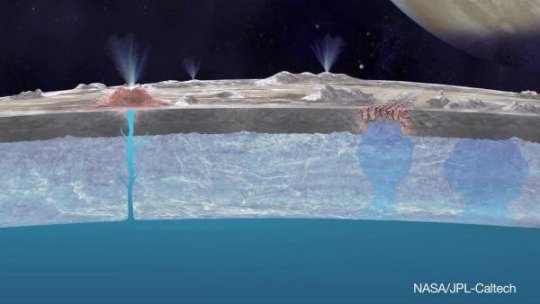Question Your World: What Will JUNO Do at Jupiter?
NASA’s JUNO spacecraft successfully entered Jupiter’s orbit on July 4, 2016. Here in the United States, we were celebrating the historic event of separating from the king of England, but over 500 million miles away, JUNO was just arriving at the king of the planets. It makes for a pretty interesting perspective for Independence Day! Regardless, this story made headlines all over the planet. So, let’s dive into all things Jupiter by asking why JUNO and what will it be doing there?
Ancient Romans had many stories regarding their many gods. The mythology of Jupiter helped name this new NASA mission. In their stories, Jupiter had a wife, Juno. Jupiter would hide behind the clouds and cause trouble, unable to be seen by anyone. His wife, Juno, could somehow see through the clouds and would keep an eye on him. Similarly this is somewhat the plan for NASA’s mission right now as well.

JUNO will orbit Jupiter and study its cloudy atmosphere and magnetic fields. This is in hopes to get new information to help scientists further understand how massive planets like this form. We live in an era where exoplanets are being discovered all the time. Various methods of planet hunting have been used in the past to help us understand that our galaxy is filled with planets orbiting the billions of stars out there. Better understanding of how these massive planets form will give us information on where to look for the formation of other planetary systems. Furthermore, this is the closest study of Jupiter ever conducted. NASA astronomers are looking forward to a myriad of new information about the king of the planets.
This $1.13 billion dollar project left Earth on August 5, 2011. After navigating through space for the last five years it has finally arrived at its destination. JUNO will orbit Jupiter for 2 years, beaming back the latest information from the biggest planet on the block. After the two year study, JUNO will be given orders to dive into the atmosphere and destroy itself. Why would we destroy a billion dollar project? Keep in mind that after 2 years, JUNO’s work will be done and it will effectively be considered space junk. As you all know a tidy cosmos is a happy cosmos, so JUNO must be disposed of in order to keep it from potentially contaminating the moons in that system.

Jupiter’s moon Europa is one that we’re especially trying to keep contamination-free. This ice moon is thought to have a massive ocean, one that could potentially hold life. JUNO’s mission is to study the atmosphere and magnetic poles of Jupiter. Once the mission is over, we must dispose of the spacecraft and keep that part of space as clean as we possibly can. Perhaps future missions will manage to land on Europa and dig through its icy surface to see what secrets are to be found in the water there.
Europa is just one of the fascinating aspects of Jupiter. Keep in mind this is the undisputed king of the planets here in our solar system. Jupiter is more massive than all the other planets combined. So, what kind of news do we expect to hear from such a big place? Big news, of course. Stay tuned as JUNO continues its mission and delivers more information about the largest gas giant in our cosmic neighborhood.